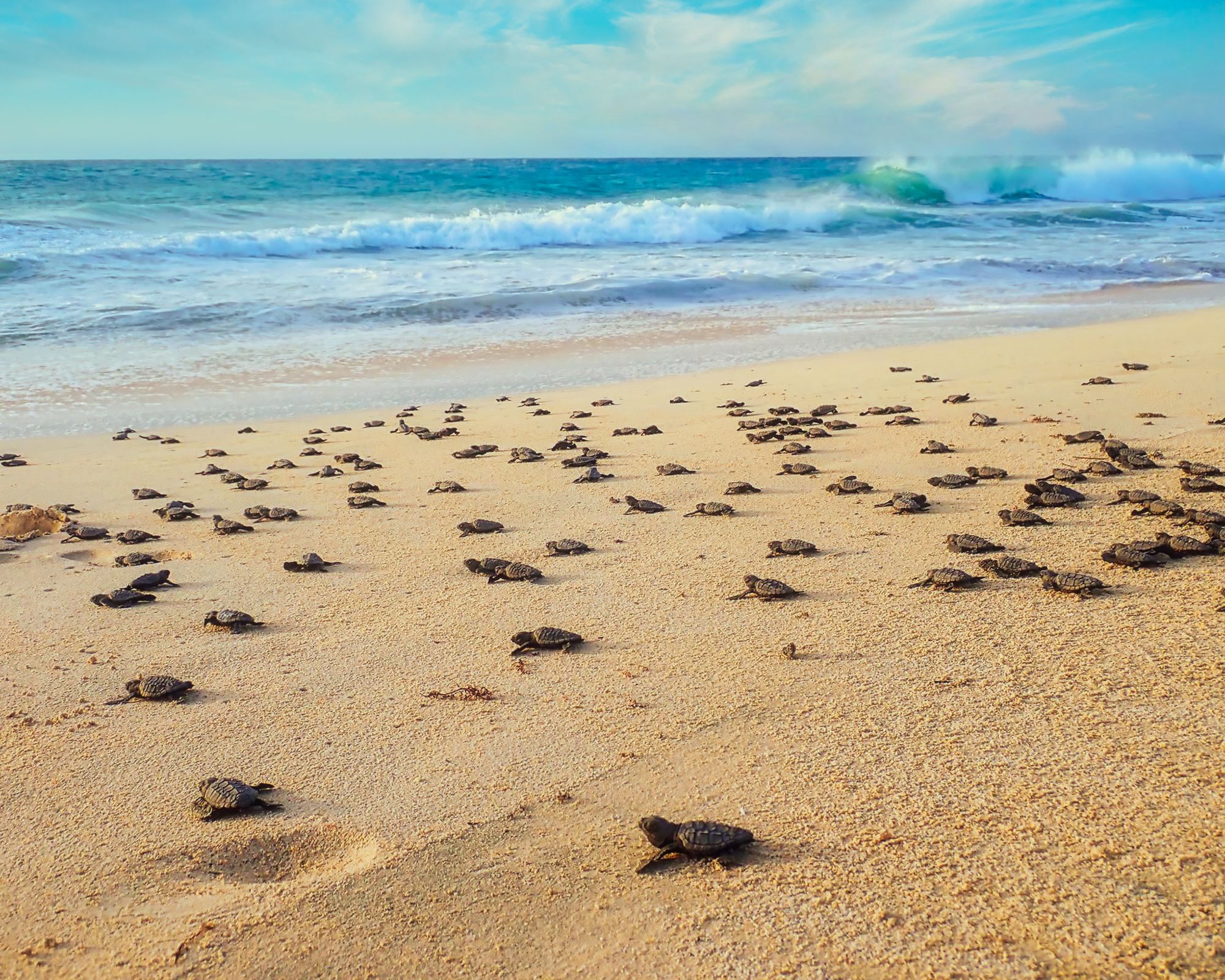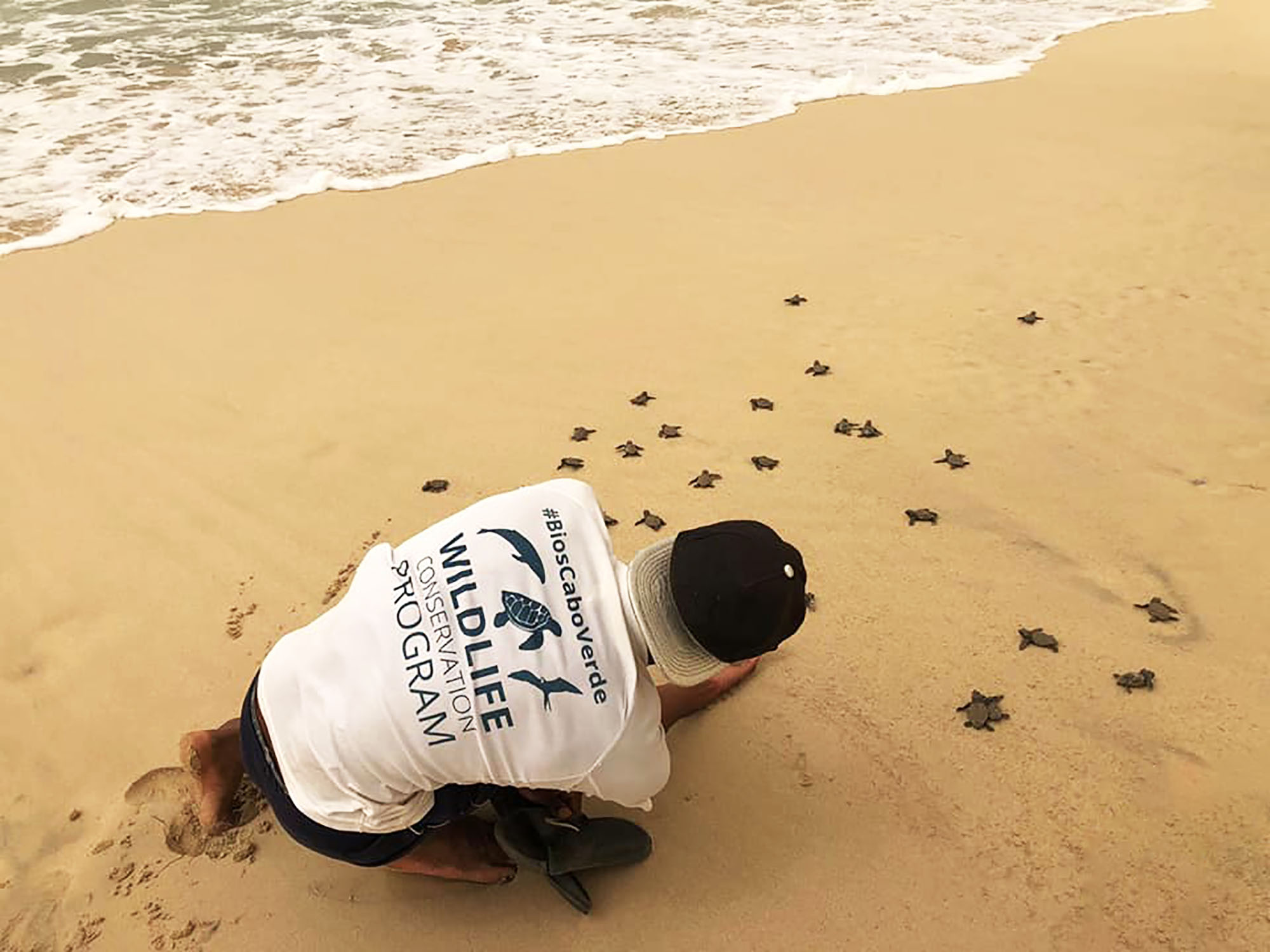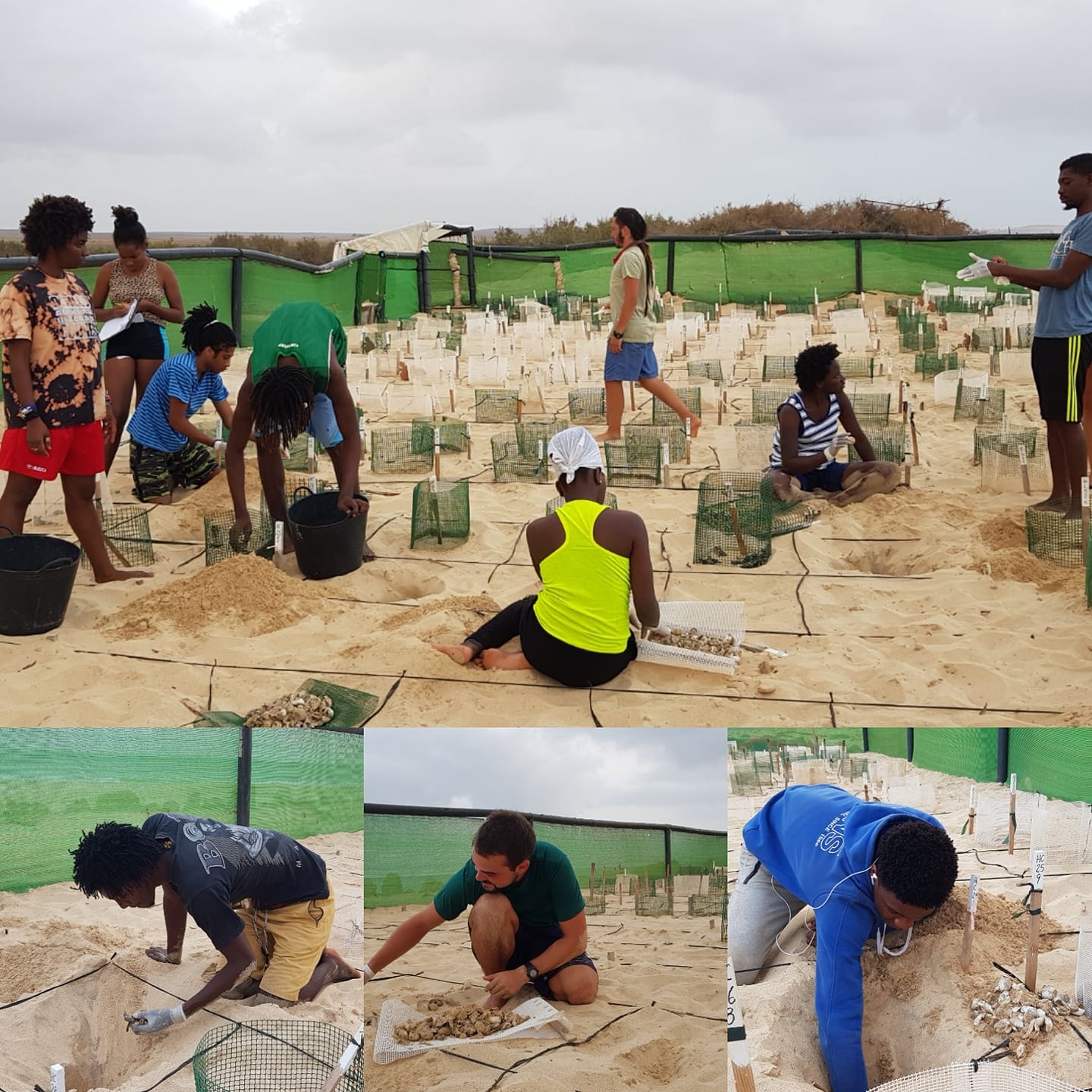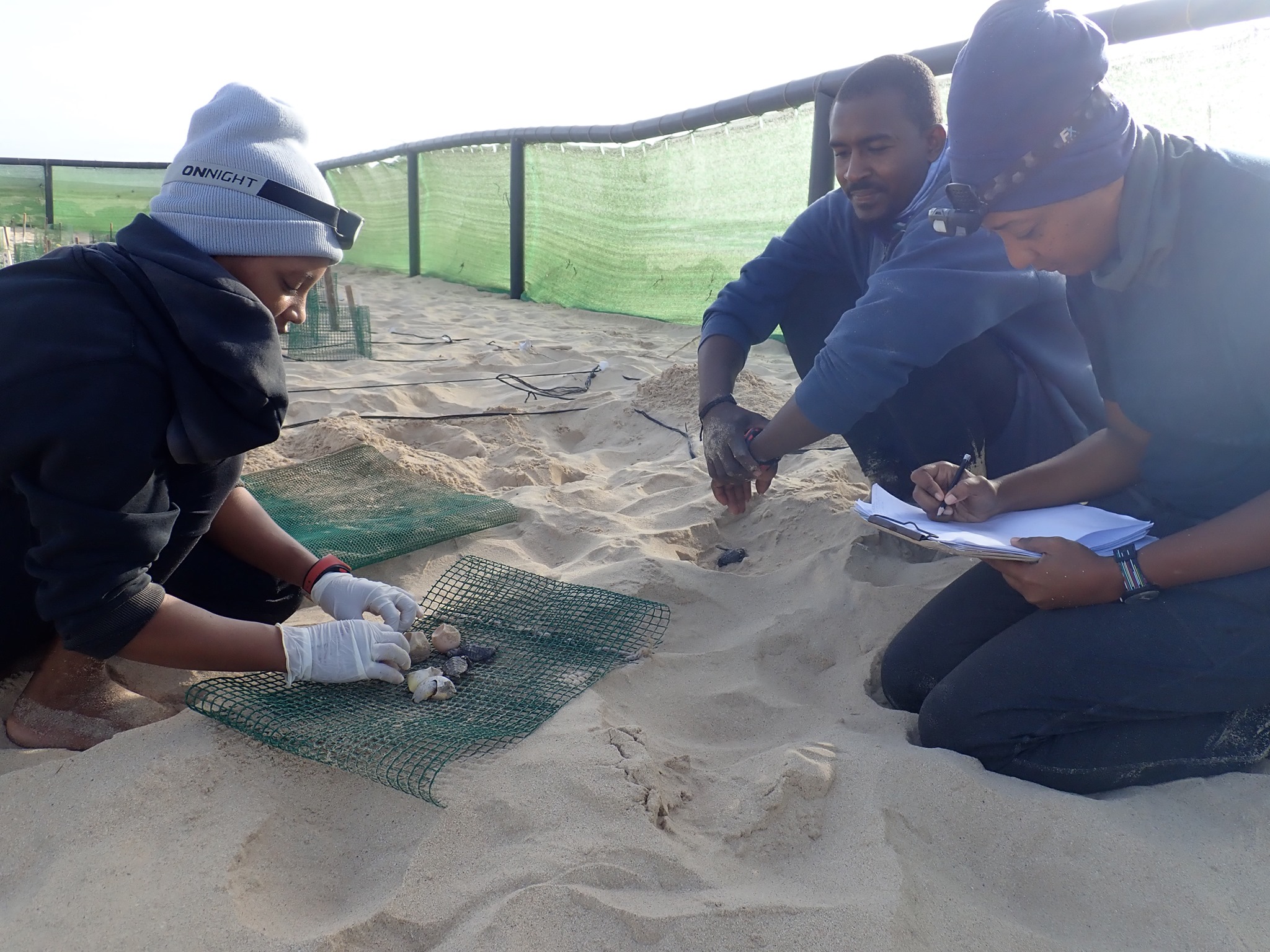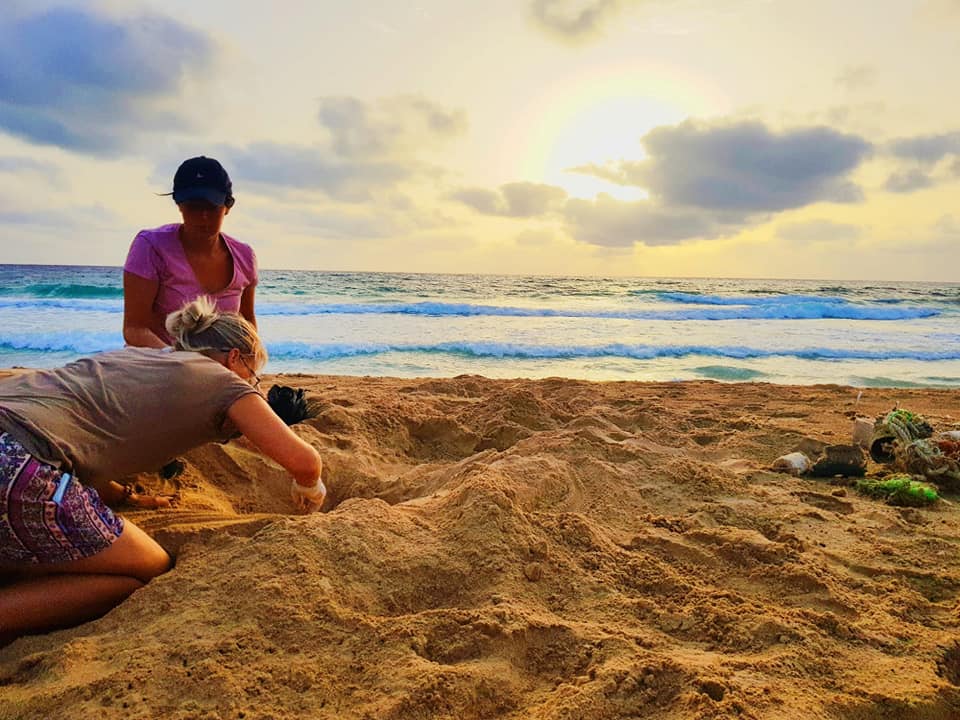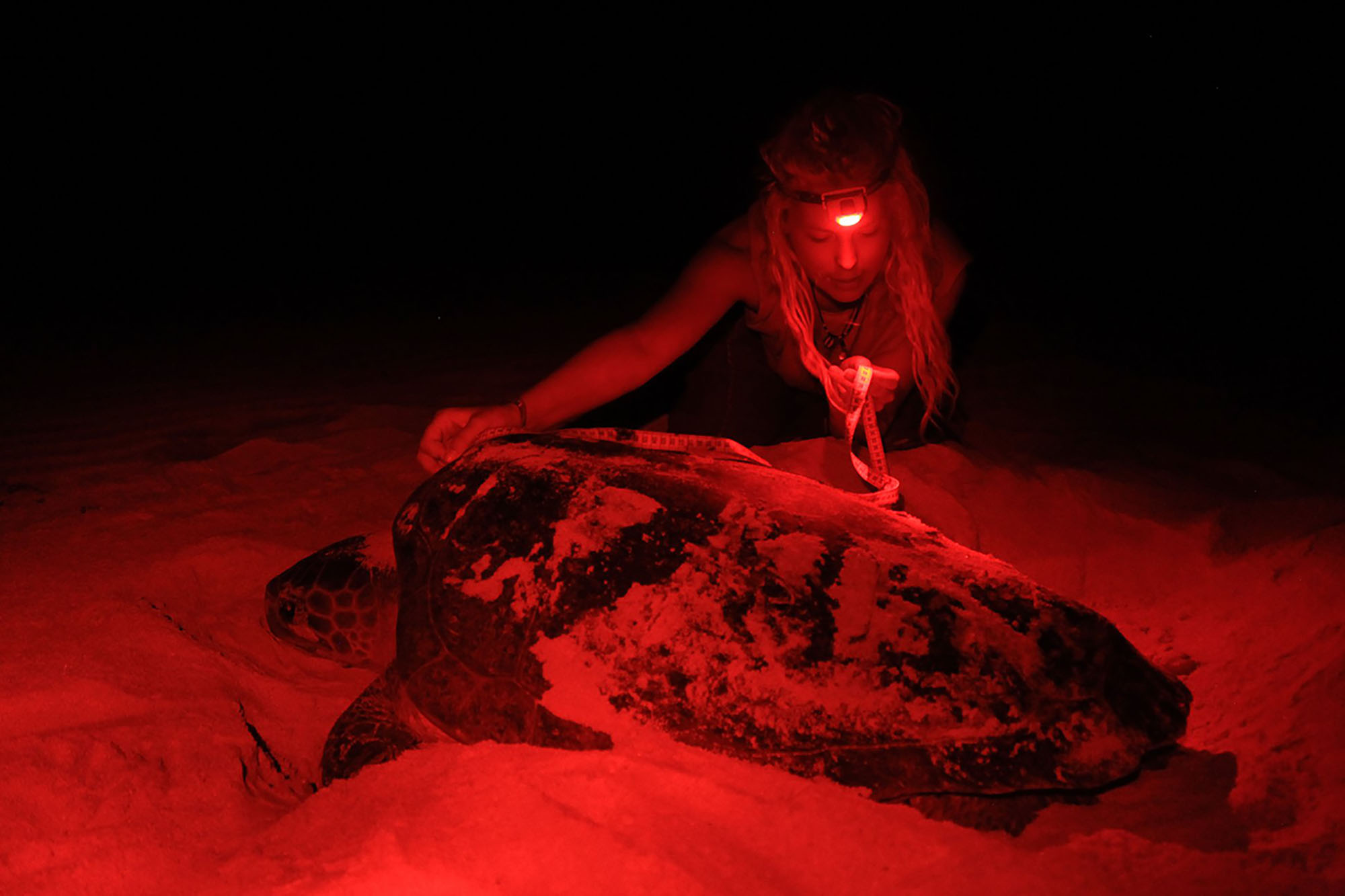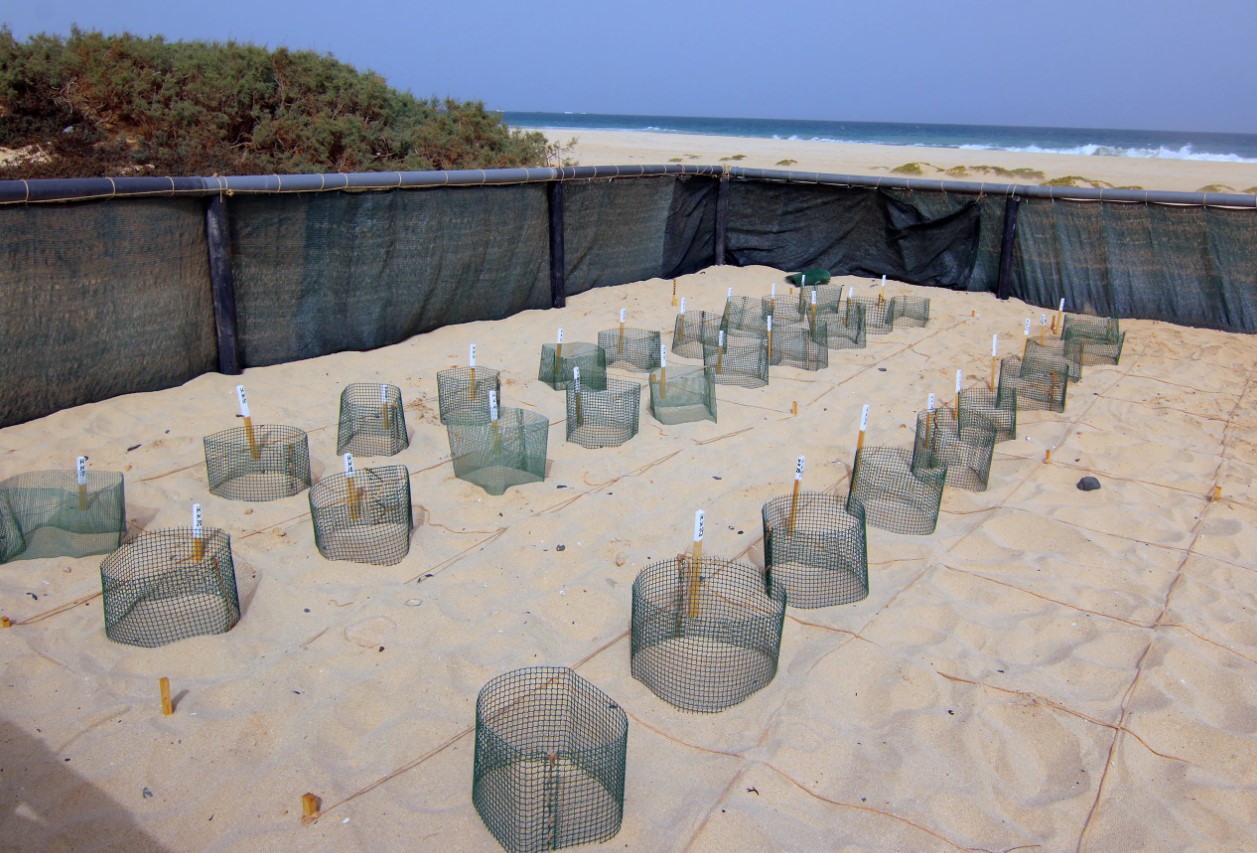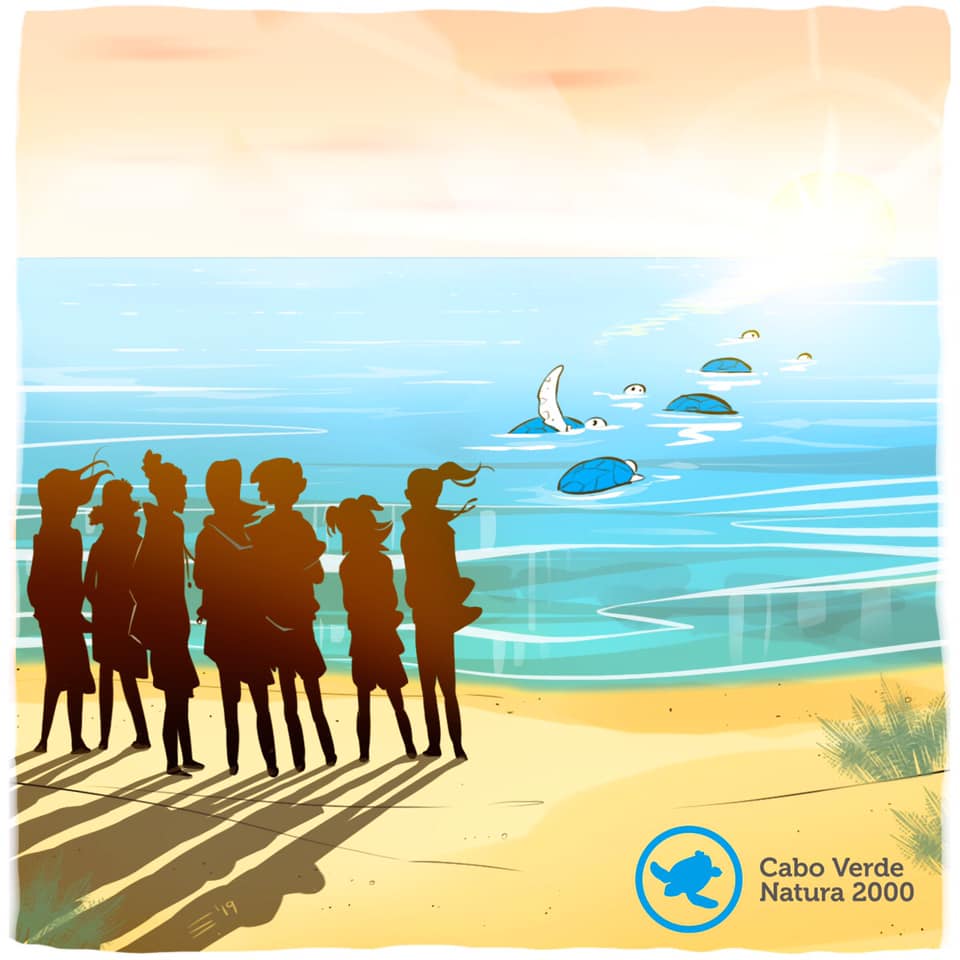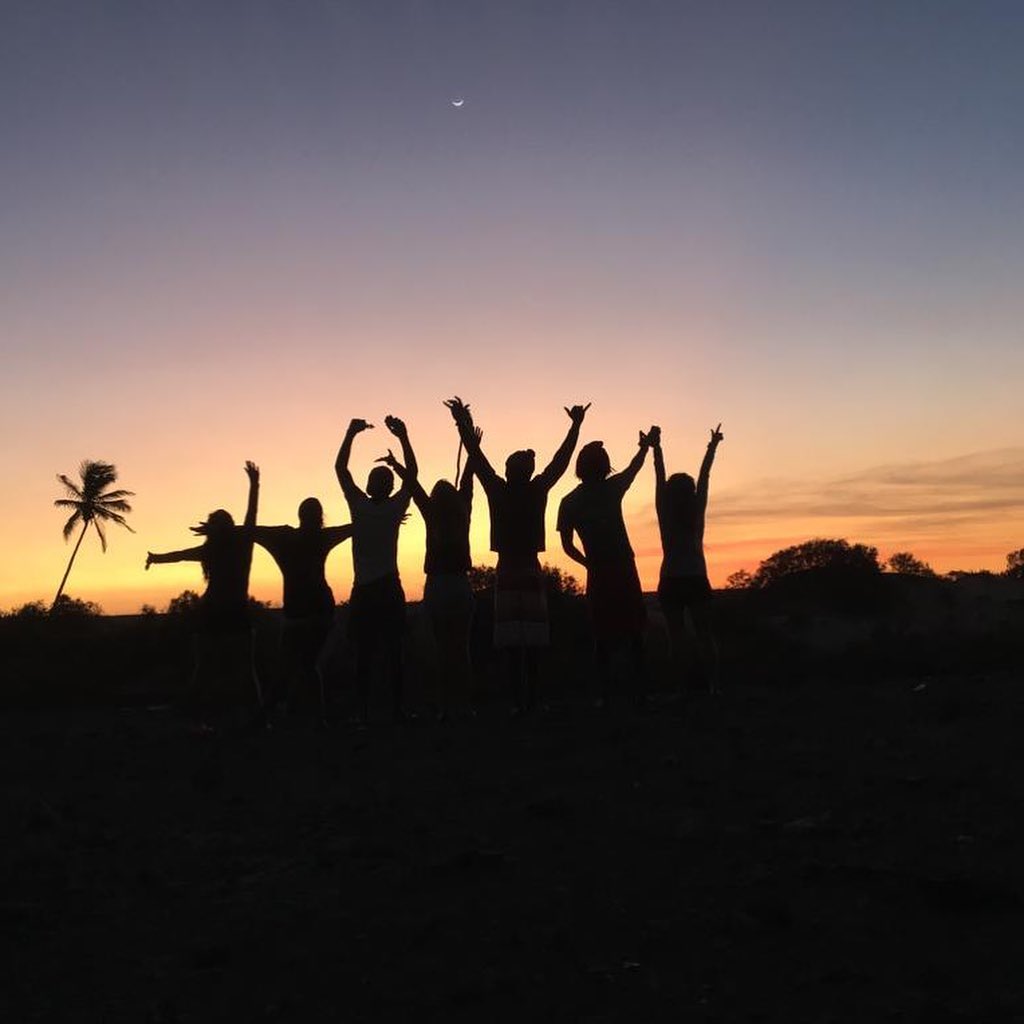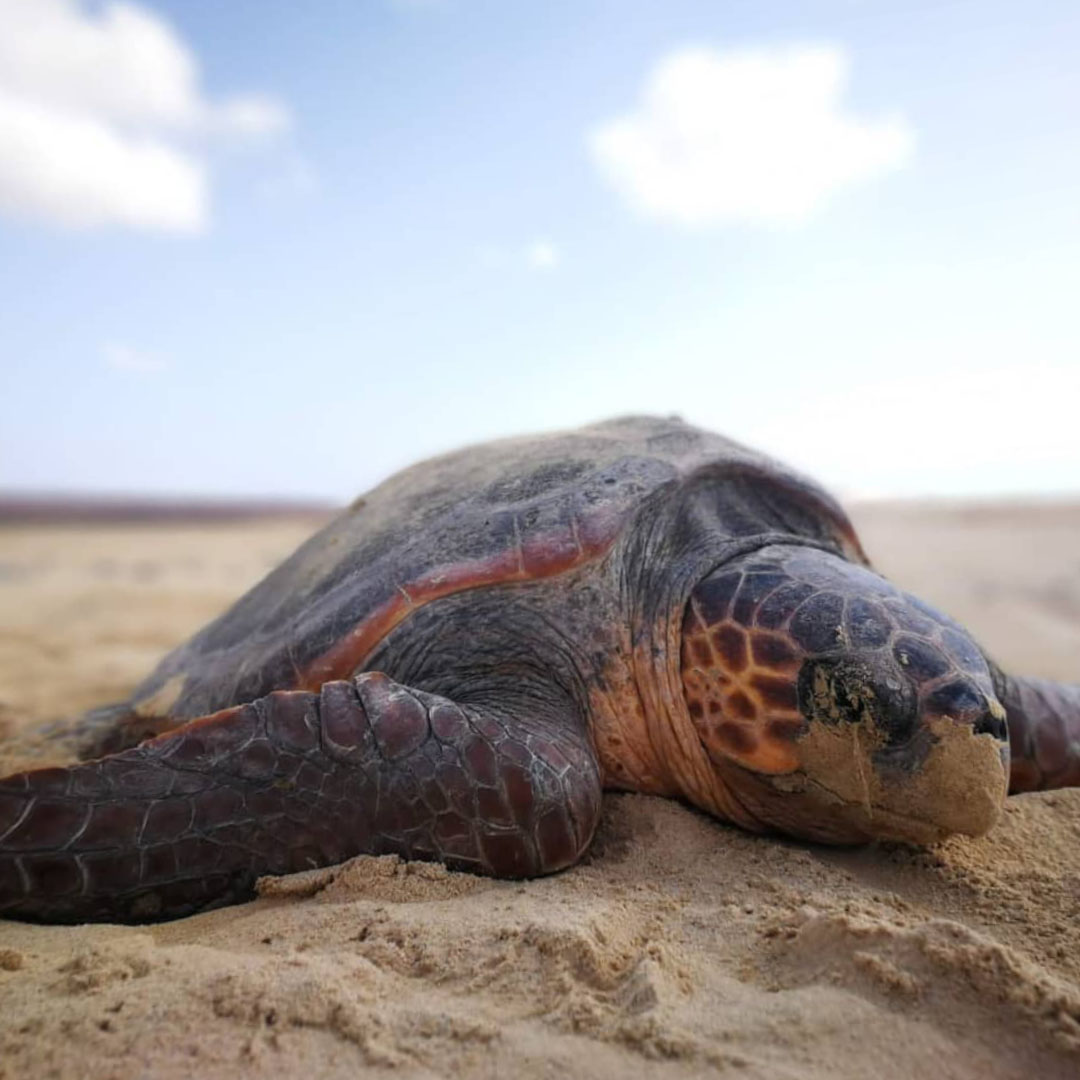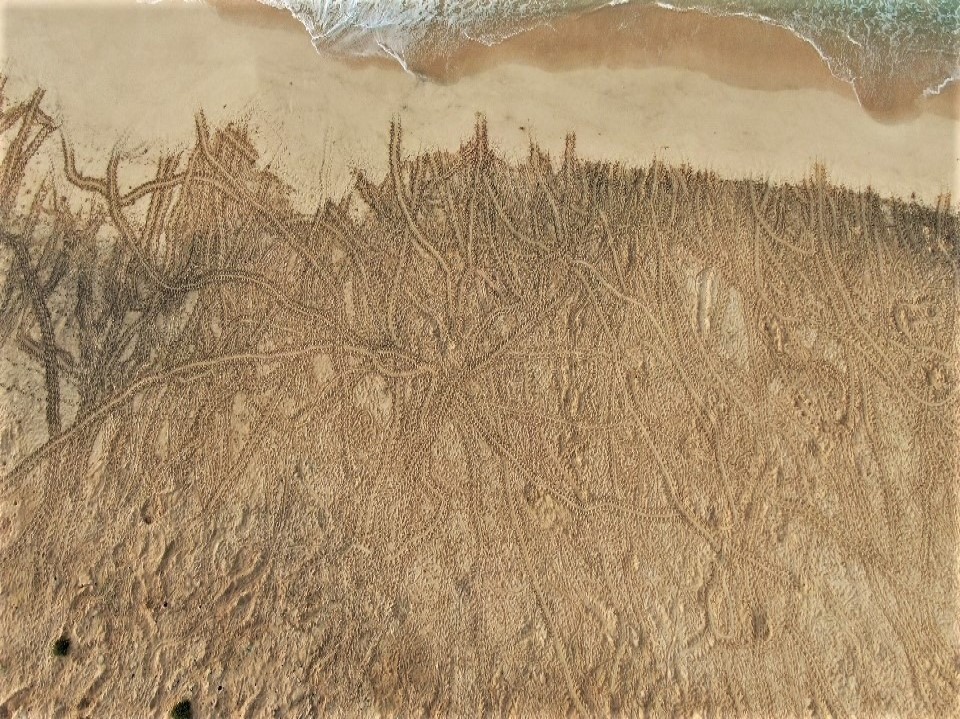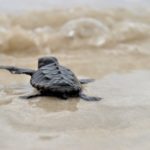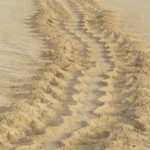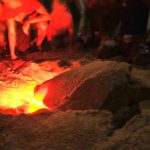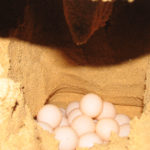The entire eastern coast of the island is designated as a protected area, safeguarding both the island’s flora and fauna. Here lie the beaches of Costa de Boa Esperança, vast expanses of white sandy shores. While swimming is not recommended due to strong currents, these beaches are well-known among the water sports community, particularly for kitesurfing and windsurfing due to the prevailing winds.
However, the main attraction lies in the fact that these beaches host the highest rate of turtle nesting on the island. The entire coastline witnesses frequent appearances of turtles, especially loggerhead turtles (Caretta caretta), the third-largest turtle species in the world. Given the considerable distance between these beaches and the city, there are fewer negative factors that degrade the turtle habitat.


